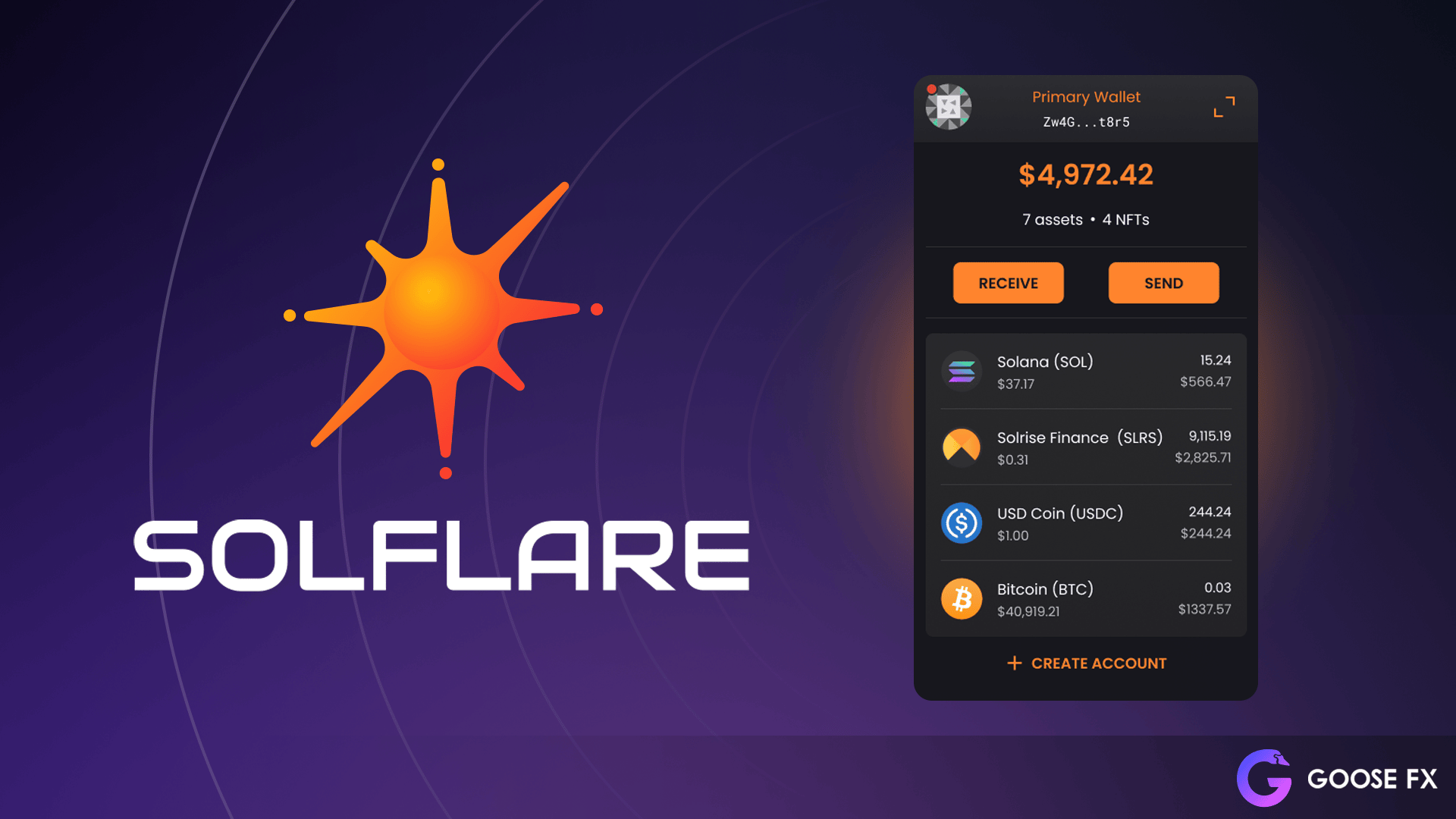Ever jumped into a DeFi protocol on Solana and felt your browser extension wallet just wasn’t keeping up? Yeah, me too. It’s like trying to run a marathon in flip-flops—possible, but painful. Now, I’m not saying every wallet is a dud, but there’s something about balancing security, ease, and speed that’s tougher than it seems.
Here’s the thing. When I first started messing with staking and swapping on Solana—mostly through browser extensions—I thought “cool, this is straightforward.” But then I ran into glitches, delays, and worst of all, that nagging feeling something was off about my setup. Hmm… Why does my wallet keep locking up right when I want to approve a transaction? It’s those micro-frustrations that pile up.
Browser extensions are convenient, no doubt. They sit right there in your Chrome or Firefox toolbar, ready to sign your transactions with a click. But the deeper I dug, the more I realized that relying solely on them can be a bit risky. Some extensions are clunky, others have weird UI quirks, and not all play nice with every DeFi dApp out there.
So, what’s the alternative? Mobile wallets. I know, I know—some people are wary about managing private keys on phones. But the reality is, mobile apps have matured a lot in the crypto space, especially on Solana. They offer a slick user experience, robust security features, and the freedom to manage your assets wherever you are. Plus, no more browser crashes right when you’re about to stake your tokens.
Really? Yeah, seriously. And I’m not just talking hypotheticals here. When I switched from juggling browser extensions to a dedicated mobile app, my whole interaction with DeFi got smoother. Transactions felt snappier. The interface was cleaner. And best of all, my confidence in managing my assets improved—in a way that’s hard to explain but you just feel it.
Okay, so check this out—the solflare wallet isn’t just another option; it’s become my go-to. Why? Because it bridges the gap between browser extension convenience and mobile app security without making me jump through hoops. It supports staking natively, integrates well with popular DeFi protocols, and has a clean UI that’s not overwhelming.
On one hand, I was skeptical at first—like, can a single wallet really nail both the browser and mobile experience? Though actually, the solflare wallet proved me wrong pretty quickly. It syncs seamlessly across devices, so you’re not stuck managing separate accounts or keys. This cross-platform compatibility is a game-changer, especially when you’re active in the fast-moving Solana ecosystem.
Still, I’m biased, but here’s what bugs me about some wallets: they overpromise on features but underdeliver on usability. You know, those cryptic menus and endless confirmation pop-ups that make you feel like you’re defusing a bomb? The solflare wallet sidesteps that by keeping things intuitive without sacrificing control. Honestly, that balance is rare.
Now, let me be real. No wallet is perfect. I’ve had moments where the app lagged or a transaction took longer than expected. But the updates come pretty regularly, and the team seems genuinely engaged with the community. That’s refreshing in a space where sometimes it feels like wallets are abandoned after launch.
Here’s an interesting tidbit: when staking through solflare, I noticed the process was almost too easy. Usually, you’d expect at least a few hoops to jump through, but this felt like a well-oiled machine. I could stake, unstake, and track rewards all within the app or the browser extension. It’s that kind of flexibility that makes me trust it more.
Of course, security is always top of mind. I’m not 100% sure any wallet can claim bulletproof protection, but the solflare wallet’s emphasis on encrypted keys and hardware wallet integrations gives me some peace of mind. Plus, the open-source nature lets the community audit and contribute, which is a big plus in my book.
Something else I appreciated: the wallet supports a wide range of DeFi protocols on Solana without feeling bloated. It doesn’t try to be everything for everyone, which actually makes it more reliable. You get what you need without clutter or confusing options.

So, if you’re dabbling in Solana DeFi and tired of juggling multiple wallets or browser extensions that feel half-baked, give solflare wallet a look. It’s not just about having a tool; it’s about having one that adapts to your flow, whether you’re on desktop or mobile. And honestly, that makes a world of difference.
By the way, if you want to get started, you can download the solflare wallet with just a few clicks. They’ve got clear instructions, and the setup is pretty straightforward—even if you’re not a crypto whiz.
Before I wrap this up (or maybe just pause), I’m left wondering how wallet UX will evolve as Solana’s ecosystem grows. Will more wallets catch up to solflare’s balance of power and simplicity? Or will new players shake things up entirely? Time will tell. Meanwhile, I’m sticking with what works.
Frequently Asked Questions
Is the solflare wallet safe for staking large amounts?
While no wallet can guarantee 100% security, solflare wallet uses encrypted key storage and supports hardware wallet integrations, making it a solid choice for staking sizable sums. That said, always practice good security hygiene.
Can I use solflare wallet both as a browser extension and a mobile app?
Yes! One of solflare wallet’s strengths is its seamless cross-platform support, allowing you to manage your assets on desktop and mobile without juggling separate accounts.
Does solflare wallet support all DeFi protocols on Solana?
It supports a wide range of popular DeFi apps in the Solana ecosystem, but it focuses on reliability and user experience, so very niche protocols might not be integrated yet.
